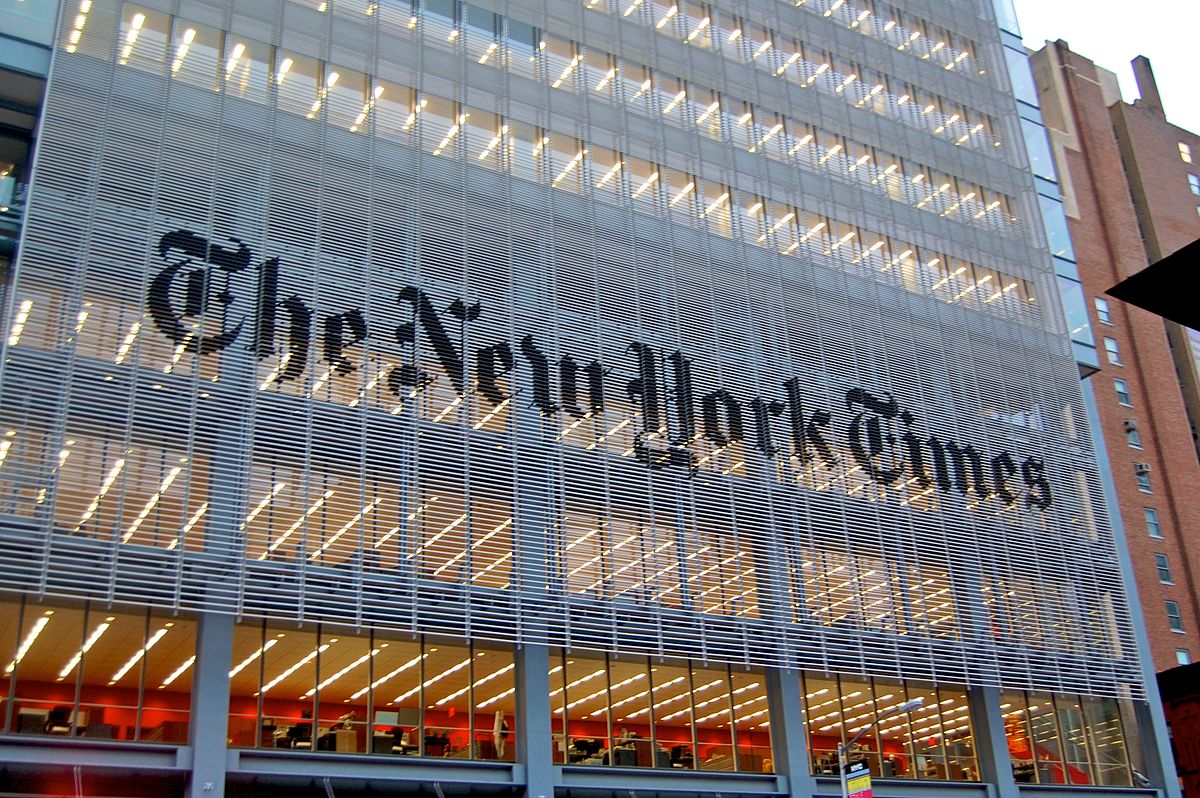How Can Facebook Better Monetize the Video Sector?
![]() Facebook has been in the spotlight all week thanks to its monumental IPO, a development that’s been a long time coming. We’ve been looking over its potential as a socially-driven business in a publicly traded market even before the IPO became official, identifying the areas in which Facebook will truly be able to draw out its monetization schemes. Media is of course an important focus of Facebook’s ecosystem, as the network hosts the majority of digitally saved photos. The expansion of its distribution channels across mobile and other connected devices such as TV is also going to be a necessary interest for Facebook moving forward, but one area that could help boost the social network’s success in all of these areas is video.
Facebook has been in the spotlight all week thanks to its monumental IPO, a development that’s been a long time coming. We’ve been looking over its potential as a socially-driven business in a publicly traded market even before the IPO became official, identifying the areas in which Facebook will truly be able to draw out its monetization schemes. Media is of course an important focus of Facebook’s ecosystem, as the network hosts the majority of digitally saved photos. The expansion of its distribution channels across mobile and other connected devices such as TV is also going to be a necessary interest for Facebook moving forward, but one area that could help boost the social network’s success in all of these areas is video.
As a video host, Facebook can’t hold a candle to YouTube. While there’s benefits to uploading a clip directly to Facebook, the two sites serve different purposes and deliver different results. When it comes to Facebook’s ability to monetize video, however, there’s plenty of room for exploration. The anonymity of YouTube has actually empowered the video-sharing site, whereas Facebook’s solidified social graph certainly makes you think twice about sharing or commenting on a clip. You’re also unlikely to see video ads on Facebook, and the conglomerate approach to all-things-networking diversifies Facebook’s media capacity far beyond videos, while also making any monetization attempts of this type of content rather noncohesive.
To put this into context, let’s look at a few stats comparing Facebook and its biggest rival in terms of video-hosting:
Facebook Video
– Videos can be up to 20 minutes long.
– You can tag people in the videos.
– People who aren’t fans of your brand can ‘like’ your Facebook page from within the video clip, just by hovering the mouse over the video screen.
Youtube Video
– Clips can be up to 15 minutes long.
– A Youtube tab on Facebook can look much slicker than the Facebook Video tab.
– A Youtube channel can also be used to direct traffic from Youtube to your Facebook page.
– A Youtube clip will more than likely rank higher in Google search results than a Facebook video.
– Youtube tabs can display the number of views a clip receives. Displaying the views can work in favour of popular clips to increase the likelihood others will view them.
– Youtube has online editing features.
– Youtube annotations allow for on-screen menu options that viewers can interact with to bring them to other brand videos.
– Youtube Insights is more detailed than Facebook’s Insights for video.The ability to achieve publicity and promotion has made YouTube the central point for video-related monetization. YouTube’s extended its services to a range of ad capabilities, tying in with Google’s existing services and branching out from there. YouTube also has an advantage when it comes to search. And search is generally lacking on Facebook when it comes to content.
One opportunity here is Facebook’s relationship with Microsoft Bing, which is leveraging Facebook’s network to add social context to ranked search results. Another opportunity is Facebook’s “likes,” which gather analytics on the behavior behind shared content, no matter where it resides on the web.
So while Facebook may not be the premier hub for video-hosting, it’s expertise lies in aggregated social behavior, and the array of analytics that can be derived from its social graph. Converting this into data that’s then used by apps and services that tap into Facebook to power their own recommendations is Facebook’s true pivot point for monetizing video as a medium.
Where Facebook will need to improve is in its ability to search and filter through content of all sorts, not just video. This has been a pain point for Facebook from the very beginning, and while the new Timeline format for user profiles centralizes much of an individual’s running content, it does little to extend that access readily out to other users.
contributors: Kristina Farrah
A message from John Furrier, co-founder of SiliconANGLE:
Your vote of support is important to us and it helps us keep the content FREE.
One click below supports our mission to provide free, deep, and relevant content.
Join our community on YouTube
Join the community that includes more than 15,000 #CubeAlumni experts, including Amazon.com CEO Andy Jassy, Dell Technologies founder and CEO Michael Dell, Intel CEO Pat Gelsinger, and many more luminaries and experts.
THANK YOU









